
The automotive industry is rapidly shifting towards electric vehicles (EVs), driven by environmental concerns and government regulations. However, fans of Stellantis’ Chrysler, Dodge, Jeep®, and Ram brands have clearly preferred plug-in hybrid electric vehicles (PHEVs) over full EVs.

These brands carry a rich legacy, evoking nostalgia and tradition. They’re known for iconic vehicles celebrated for their powerful engines and distinctive designs. Enthusiasts associate them with the roar of a V8 engine and the thrill of the open road. PHEVs like the Jeep Grand Cherokee 4xe and Jeep Wrangler 4xe strike a balance between tradition and the future, offering electric driving modes while retaining the beloved combustion engine.
Many people we’ve spoken with express concerns about the speed of the transition to EVs. They don’t want to feel pressured into buying products they’re not ready for. On the other hand, some are just glad to see Stellantis introducing much-needed new products, which have been lacking in the portfolio.
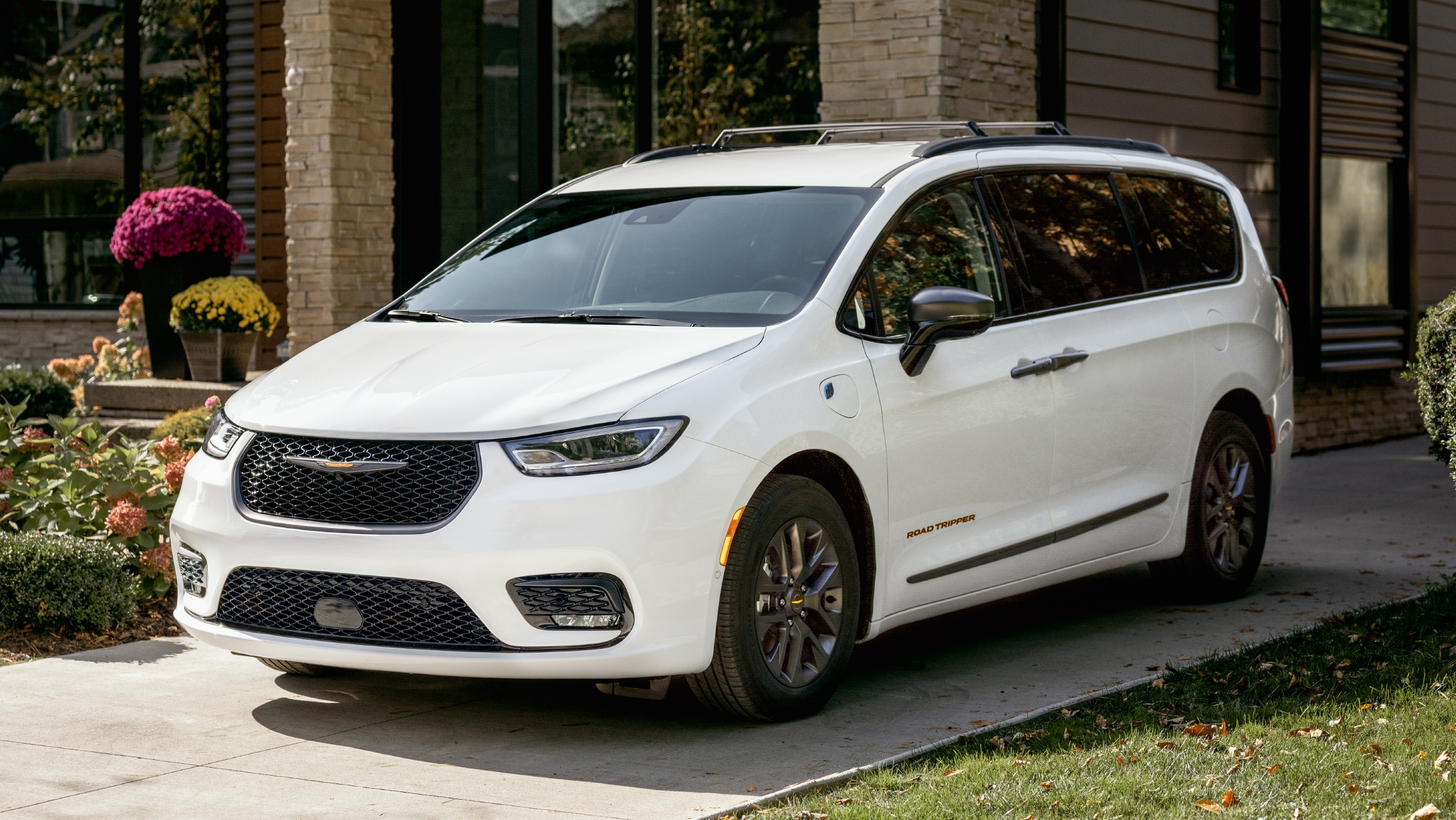
PHEVs like the Chrysler Pacifica Hybrid provide a unique blend of electric and gasoline power, making them more versatile than all-electric vehicles. Enthusiasts often require vehicles that can handle various driving conditions, from off-road adventures to family vacations. PHEVs offer extended driving ranges and the flexibility to switch between electric and gasoline power, making them more practical choices.
A significant concern with EV adoption is charging infrastructure availability. While urban areas may have a growing network of charging stations, rural areas, and off-road destinations often lack such facilities. PHEVs like the Jeep Grand Cherokee 4xe and Jeep Wrangler 4xe address this concern by providing the option to rely on gasoline when charging stations are scarce, allowing drivers to explore without range anxiety.
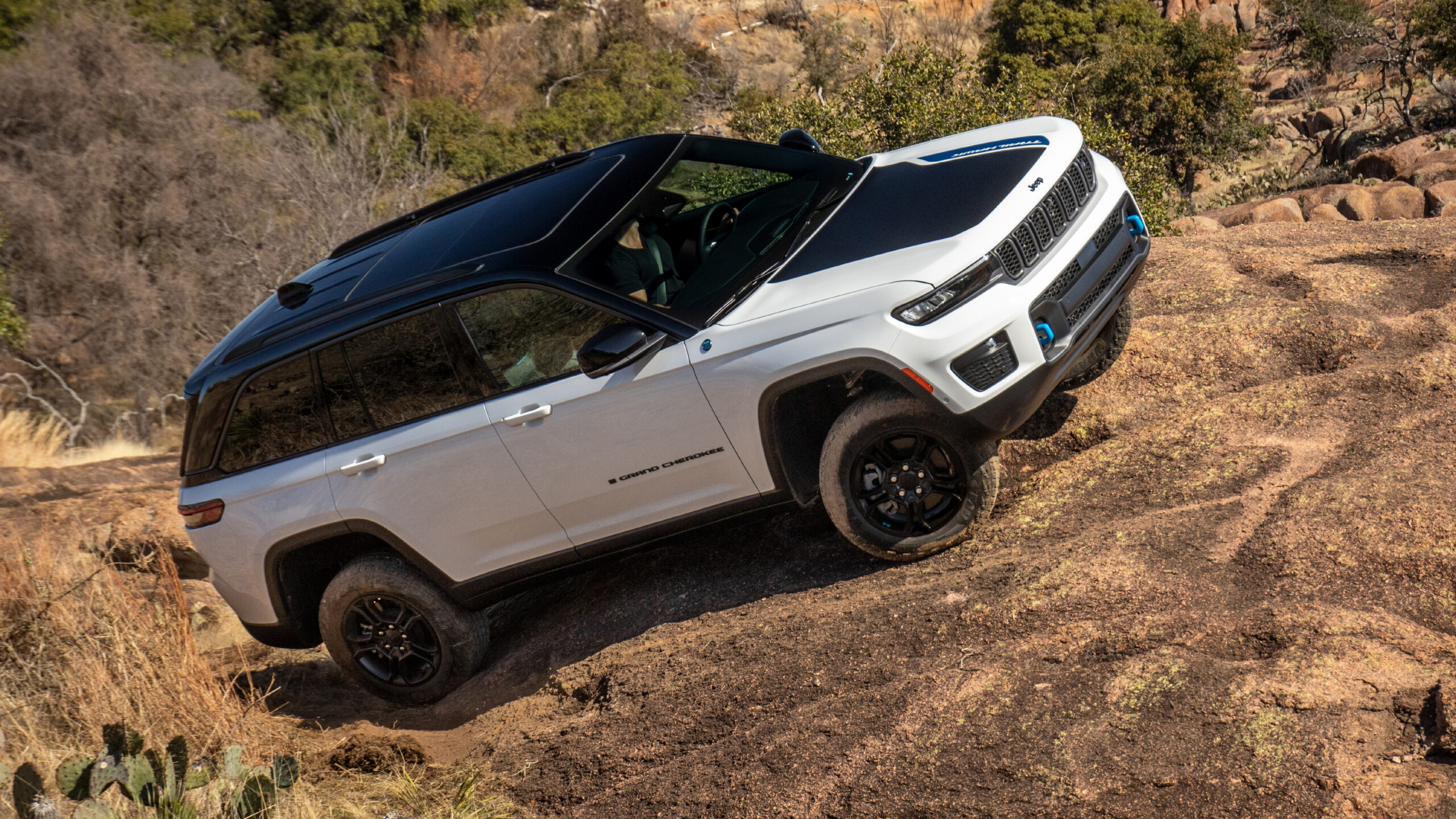
Refueling a PHEV is as quick and convenient as filling up a traditional gasoline-powered vehicle, a familiar and hassle-free experience for fans of Stellantis’ brands. This stands in contrast to EVs, which require longer charging times, even with fast chargers.
PHEVs tend to be more affordable than their all-electric counterparts, aligning with the brands’ commitment to providing value to their customers. Lower purchase prices mean that more enthusiasts can access the latest technology and enjoy the benefits of electric driving without breaking the bank.

While PHEVs may not be completely emission-free, they still contribute to a reduction in greenhouse gas emissions compared to traditional gasoline vehicles. Fans of these brands appreciate that PHEVs represent a significant step towards a more sustainable future without completely abandoning the power and capability they love.
However, the shift towards EVs comes with economic challenges. As EVs have simpler drivetrains and fewer moving parts, they require less labor for assembly, potentially leading to decreased employment opportunities in the automotive industry.

The transition to EVs reduces the demand for traditional assembly line labor and poses challenges for sectors closely tied to internal combustion engines. Mechanic shops may see decreased business as EVs require less maintenance and have fewer parts susceptible to wear and tear. Aftermarket parts companies specializing in traditional engine components might experience reduced demand, while the prevalence of EVs eliminates the need for oil change services altogether.
Furthermore, the manufacturing of batteries necessitates the extraction of rare earth metals, a process known to have adverse environmental effects, as well as the use of child labor in some circumstances. It’s worth noting that PHEVs utilize significantly smaller battery packs than full EVs, mitigating some of the environmental impacts of battery production.
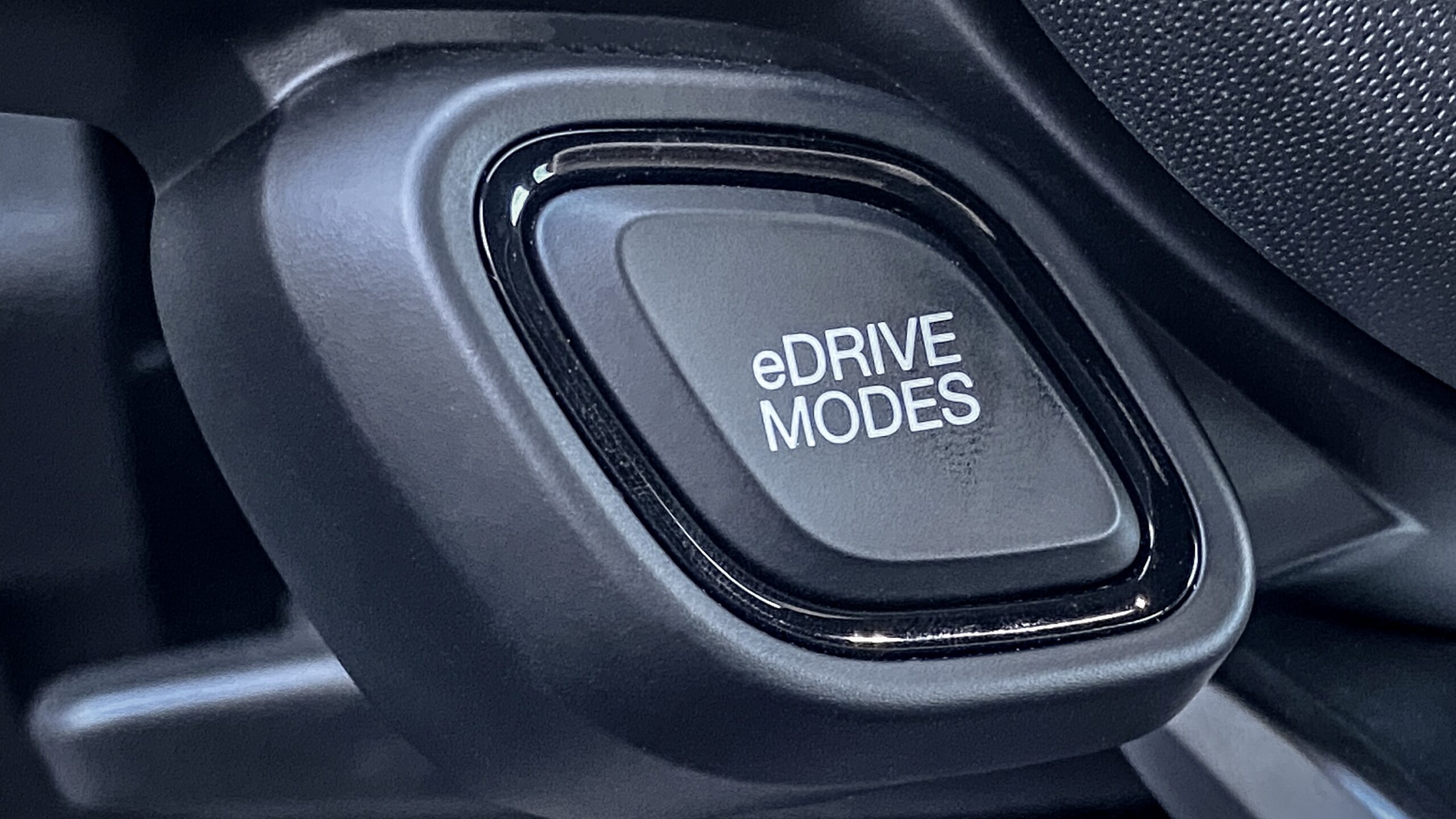
In light of the loyalty and preferences of Mopar owners, many would prefer to see more PHEV offerings than EVs, allowing enthusiasts to embrace this evolution at their own pace. This approach not only eases the transition but also addresses concerns about charging infrastructure and offers a more cost-effective solution in a time of inflation. It’s important for Stellantis to listen to its loyalists here in North America and consider these perspectives.

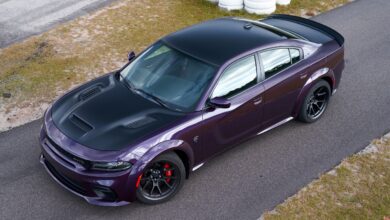

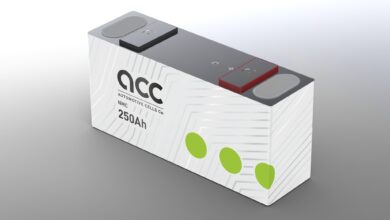
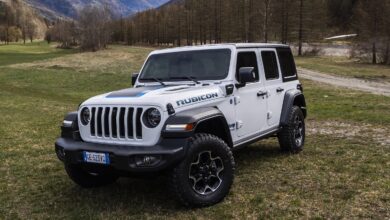
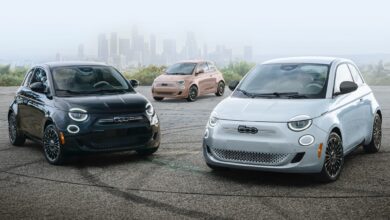
13 replies
Loading new replies...
Join the full discussion at the Mopar Insiders Forum →